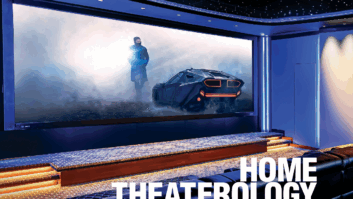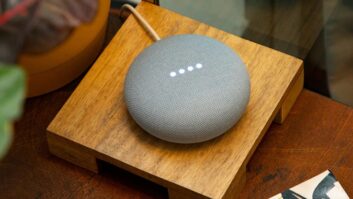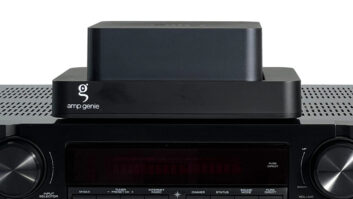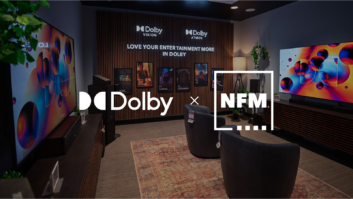
In the push to achieve scale, retail has lost sight of what Dorothy learned the hard way in Oz: There’s no place like home.
Now, amid what he described as “a retail apocalypse,” Sharp Home Electronics sales and marketing senior VP Peter Weedfald said it’s time for merchants to set aside the “think globally and act locally” mindset and focus both thought and deed on the home front to leverage their home-field advantage.
“Retailers need to super-fuel their local markets,” the industry veteran told TWICE, as a means of addressing a brick-and-mortar crisis that’s resulted in 3,200 store closings year-to-date and plunging stock prices for iconic national chains.
The problems, he said, are manifold: a grossly overstored landscape; a dwindling shopping basket; rising retail expenses amid lower vendor support; and of course Amazon, which he described as an “Apex predator,” after the disruptive CE vendor that wrecked the DVD player business with throwaway pricing.
“Amazon changed everything,” Weedfald said. “They provide a picture of the product, a description, a video, customer reviews, marketplace sales and even Sunday delivery. It’s the perfect storm.”
See: Tech Sales Hit $137B For Top 100 Retailers
The impact, he said, compounded by the digital shopping habits of millennials, has led to retail’s single-biggest challenge: traffic.
“There’s been a massive loss of foot traffic to stores,” he observed. “It’s been deaccelerating at an accelerated pace, and without positive traffic productivity you don’t have a business.”
So what’s a dealer to do? Weedfald, to paraphrase Joni Mitchell, has looked at retail from both sides now as a former senior marketing exec at Circuit City and Samsung, in addition to his current duties at Sharp. Leveraging that unique perspective, he said the first step is to appreciate the value of brick-and-mortar.
“Manufacturers need and want shelf space,” he stressed. “A physical presence on a store shelf is more powerful than a presence online.”
To underscore the point, Weedfald has directed a package redesign for Sharp that’s intended to draw more attention to its products. “You have free advertising on the package,” he noted, “unlike digital selling where the packaging isn’t shown.”
The next step, whether you’re an independent dealer or a branch of a national chain, is to embrace the community within a five-mile radius of the store, including schools, churches, area businesses and of course consumers, which are all targetable through Google Maps.
“Consumers really matter, but there’s no CRM database for local customers,” he said. “No one’s doing it. I would want to know my local customers — what they buy, how to communicate with them and how to bring them back into the store. It builds trust, loyalty and makes them feel like a member of the family.”
Involvement can include charity events, thank you banquets, store-level websites and social networking, and complimentary services like free same-day home delivery.
“If a pizzeria can bring you a hot pie in 10 minutes,” he argued, “why can’t we deliver a TV?”
And, when the customer is in the store, it is incumbent on all sales associates to be aligned with the brand promise and act as brand ambassadors, which can simply entail smiling, wearing a big nametag, and acting friendly.
“We’re fighting a war, against competitors, against prices, even against smart Internet services,” Weedfald said. “What would it take to hand out candies at checkout? That was my ‘three Tootsie Rolls and a coupon’ suggestion at Circuit City. ‘Thank you for shopping Circuit City, here’s some candies for your ride home.’”
Of course many factors play into a dealer’s success or failure, but any eff ort must begin with local outreach, which can drive traffic that in turn will address other retail ills, he said.
INTROSPECTION
Practicing what he preaches, Sharp senior VP Peter Weedfald developed a Sharp Radius program to assist local retailers with their community marketing eff orts, and also compiled a list of core questions that every brick-and-mortar CEO and sales associate should be able to answer if they are to remain in business. Some of those questions are shared below:
1 Why does your business exist?
2 What is your unique selling proposition?
3 Who are your competitors and how do you differ from them?
4 What local communication and outreach do you conduct?
5 How do you thank a customer for visiting your store?
6 What is your retail brand promise? What is your personal brand promise?
7 How are you being rewarded for being a best-of-brand brand ambassador?
8 How do you integrate your website into the local community?













